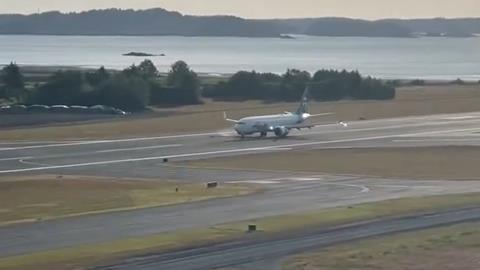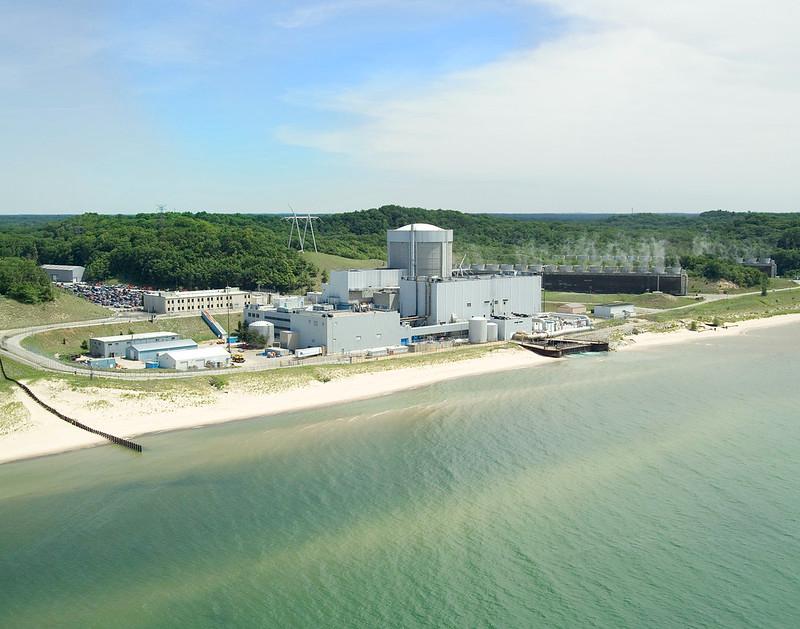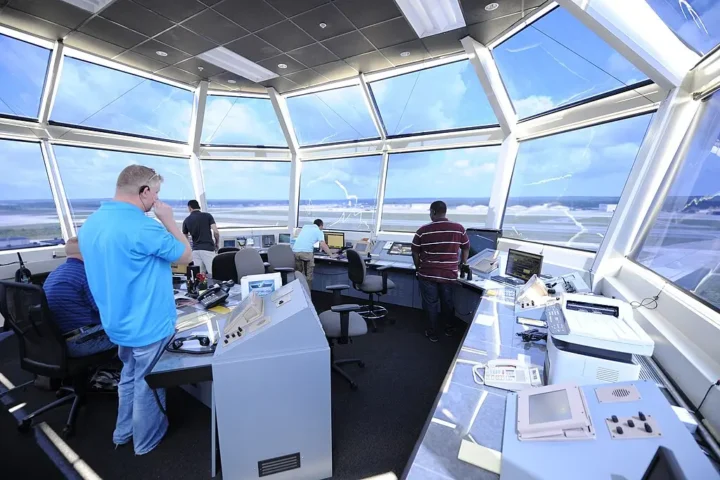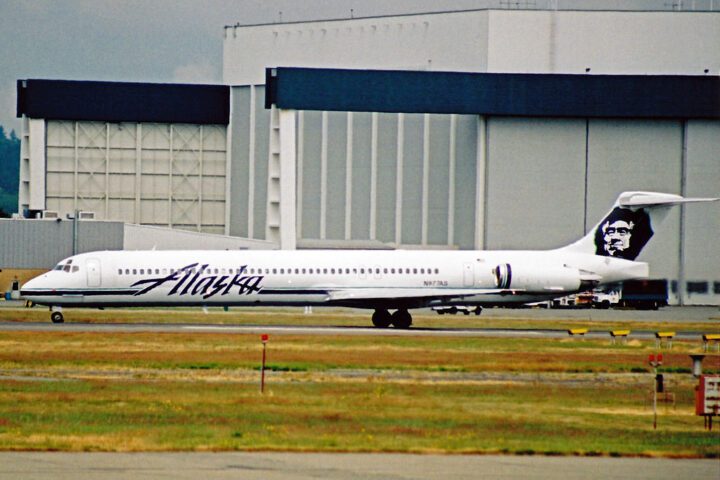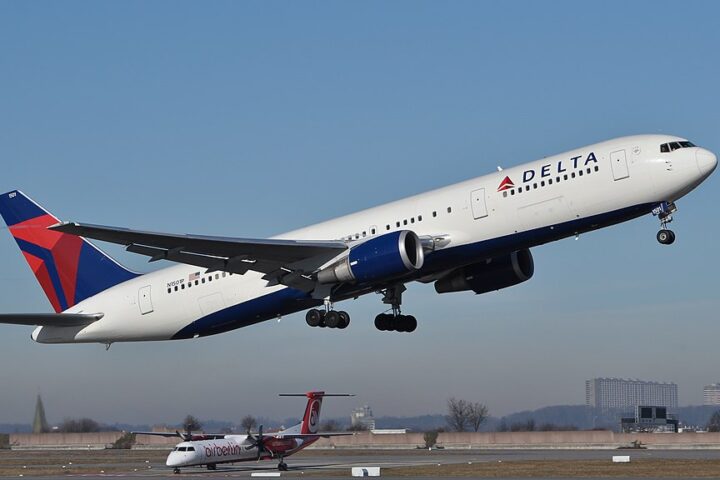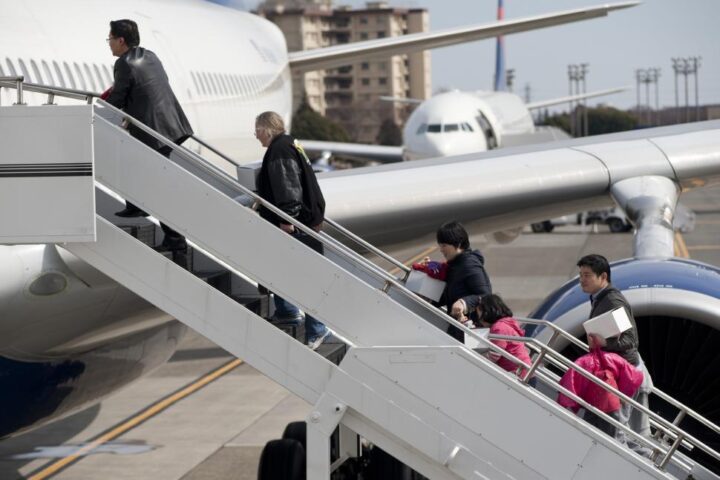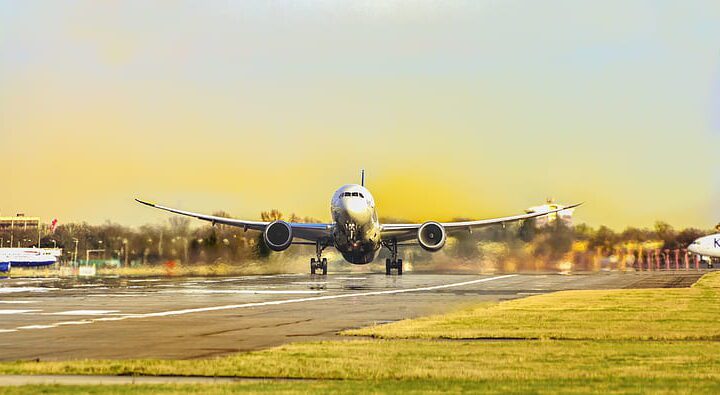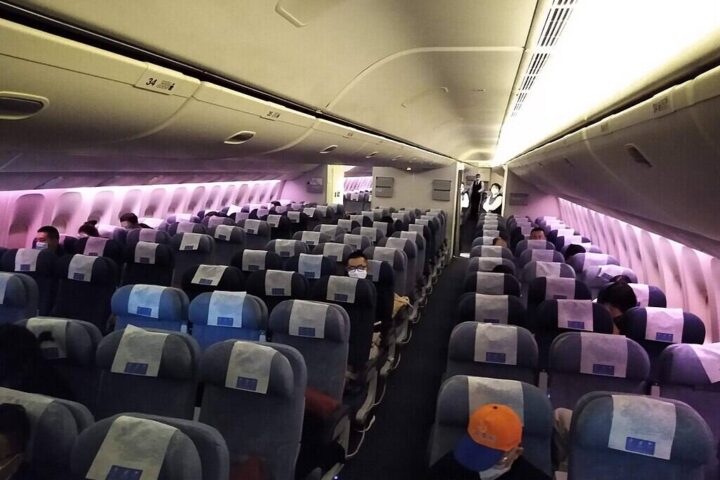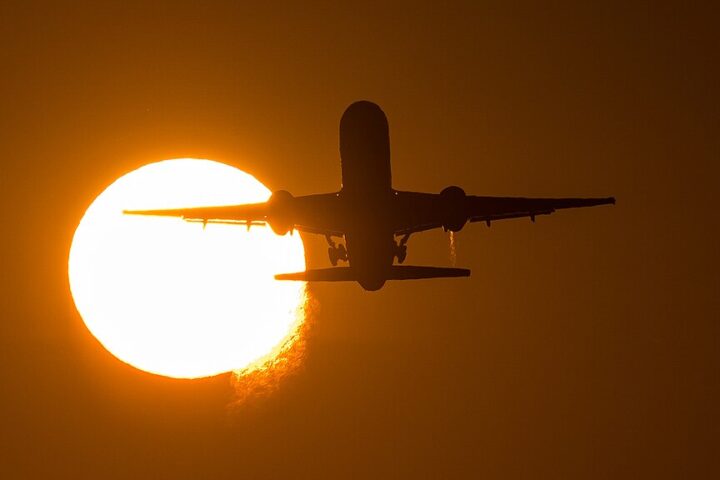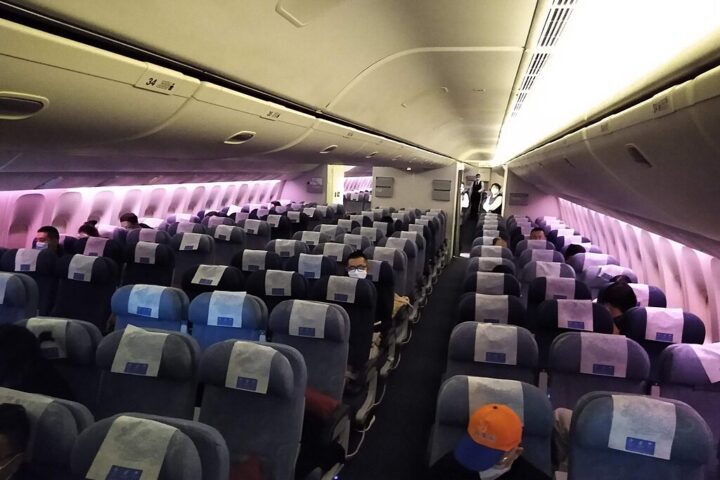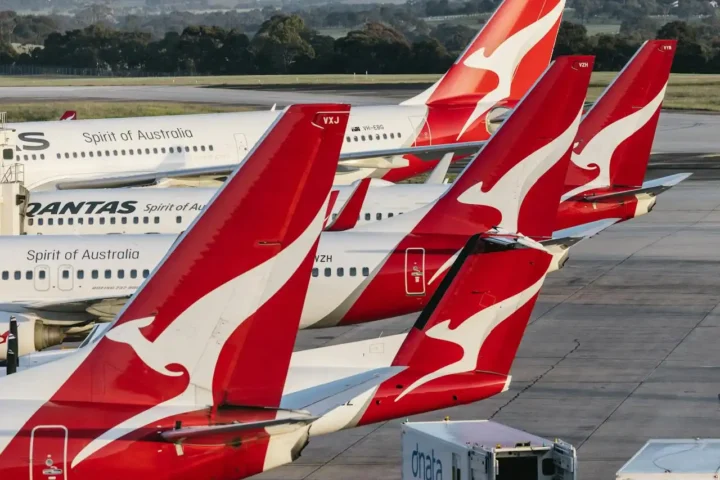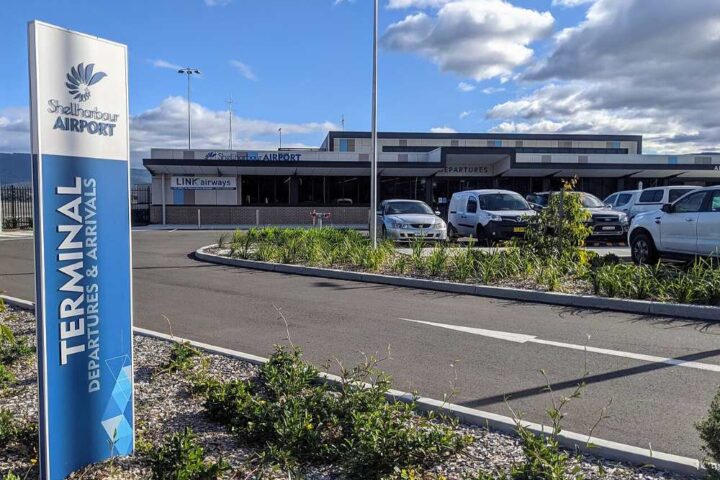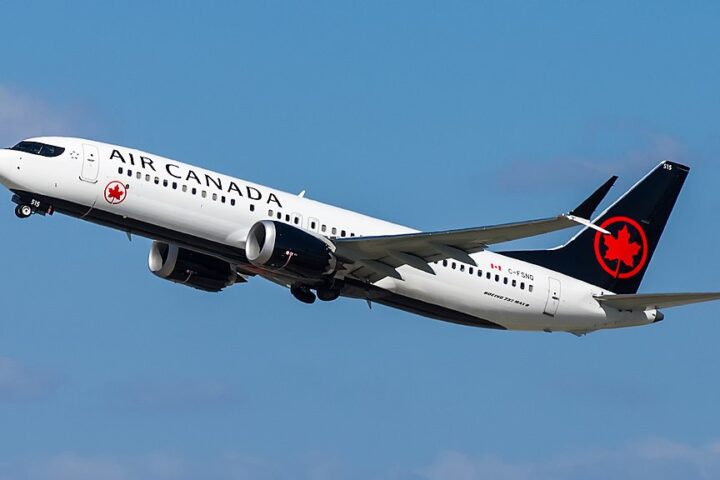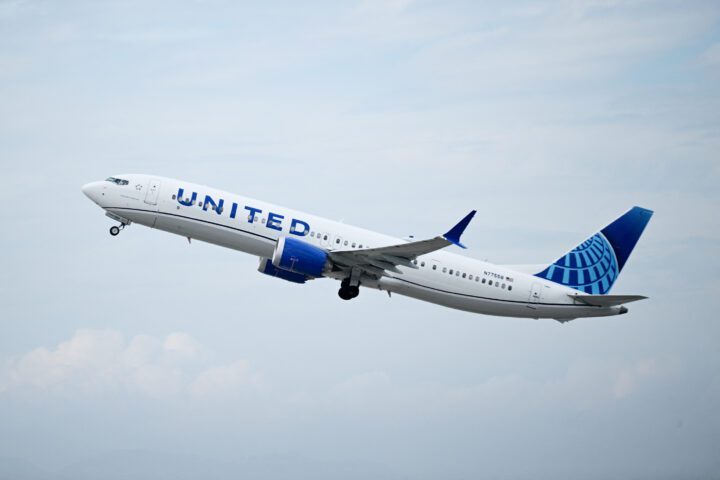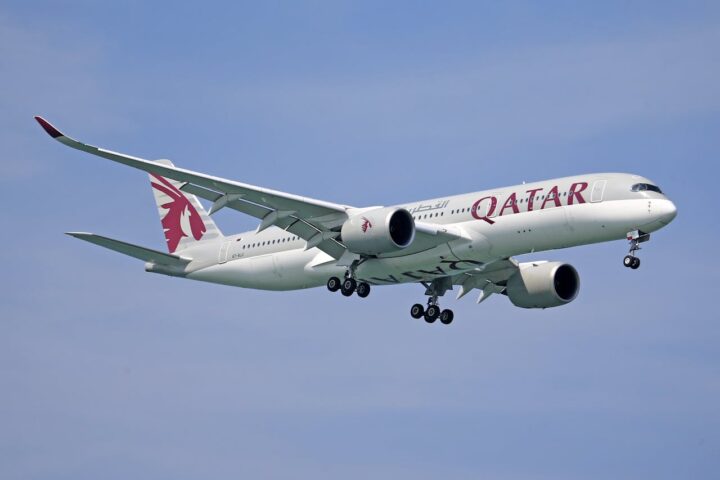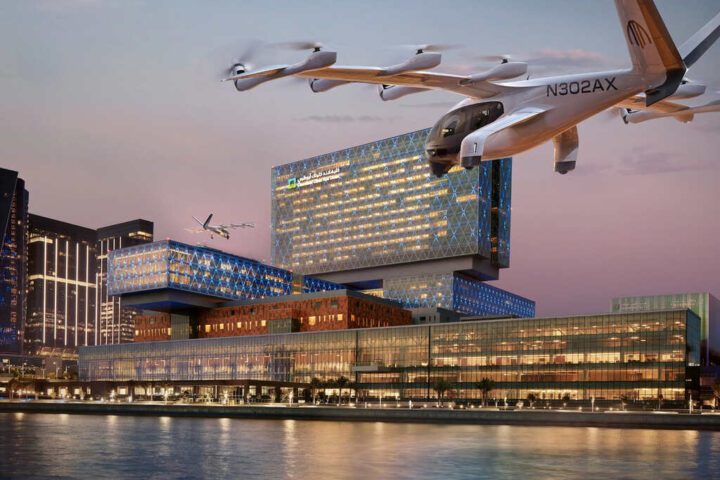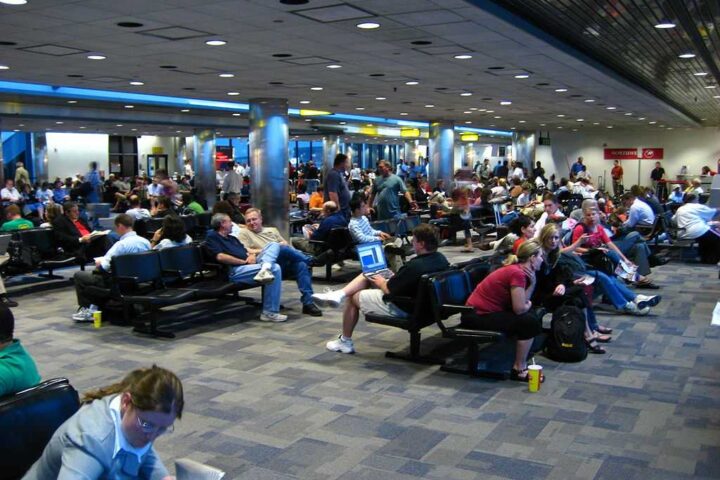When Alaska Airlines Flight AS231 touched down at Kodiak Benny Benson State Airport on July 24, 2025, the pilot’s warning came just moments before impact: “There is deer on the runway.” The Boeing 737 MAX 8 (registration N801AK) struck at least two deer during its 8 a.m. landing roll on Runway 26, resulting in landing gear damage but thankfully no human injuries.
The incident caused temporary runway closure and flight cancellations as crews cleared animal remains and assessed aircraft damage. Passengers shared videos capturing the moment, which quickly spread online alongside LiveATC audio recordings of the pilot’s warning.
The FAA said it is investigating the incident. Alaska Airlines spokesperson Tim Thompson confirmed the airline was cooperating with authorities to determine what happened.
FAA records show wildlife encounters are far from rare. The FAA’s National Wildlife Strike Database recorded 19,603 strikes in 2023, the most recent year with complete data. For terrestrial mammals specifically, deer top the list with 1,301 white-tailed and 91 mule deer strikes recorded between 1990 and 2023.
Wildlife strikes at Kodiak Airport have occurred previously, though they typically involve birds rather than larger mammals. Remote Alaskan airports face unique challenges given their often-rugged surroundings and limited resources for comprehensive wildlife management.
FAA Advisory Circular 150/5200-38 requires certificated airports to develop Wildlife Hazard Management Plans. These typically include perimeter fencing, habitat modification, and trained patrols—though implementation can be particularly challenging at isolated facilities.
Timing plays a crucial role in wildlife strike likelihood. FAA data indicates that for bird strikes, 54% occur between July and October. About 61% of bird strikes happen during landing phases, and 71% occur at or below 500 feet altitude. For deer specifically, strikes peak during October-November (28%), with 63% occurring during arrival phases.
This isn’t Alaska’s first significant mammal strike. In November 2020, an Alaska Airlines 737-700 struck and killed a brown bear while landing at Yakutat Airport, damaging the left engine cowling and highlighting the unique wildlife risks in remote northern operations.
Standard procedures when wildlife is spotted include possible go-arounds or modified braking protocols, though pilots must make split-second risk assessments based on numerous factors including aircraft position, speed, and wildlife movement.
For travelers flying to airports with elevated wildlife risks, experts recommend:
- Anticipating occasional delays for wildlife management
- Following crew instructions during unexpected ground stops
- Reporting unusual sightings during taxi or takeoff
The Kodiak incident underscores the ongoing challenges of maintaining aviation safety in areas where wildlife and air transportation infrastructure necessarily coexist—a particular concern across Alaska’s aviation-dependent regions.
